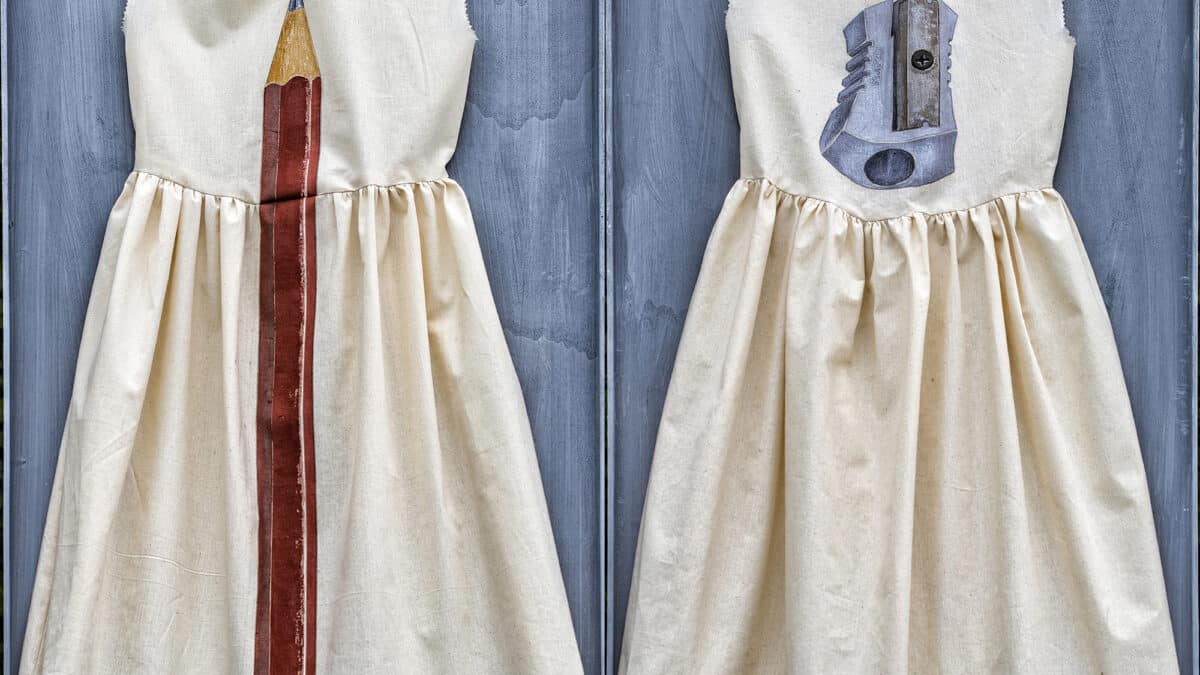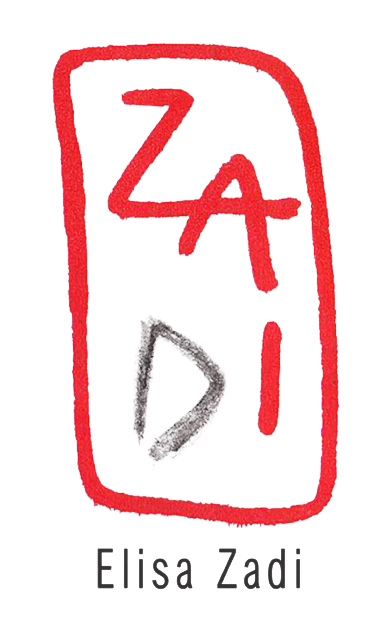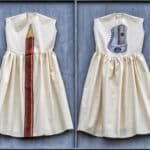
Sisters

Sisters, 2015, installazione, olio su tessuto su legno, cm 100x110x2
Sisters wants to relate
two different people but united as sisters. To do this, the artist proposed a diptych, recalling the human figure indirectly, through its indispensable everyday objects, letting its essence emerge through the creation of two girl's dresses. The dresses are made on raw canvas, sewn to size of a model that includes a simple bodice and a gathered skirt: a typical dress reminiscent of the pre-adolescent phase. On these clothes, atypically and originally used as a support, two different but compatible objects were painted in oil. Elisa Zadi has chosen this period of life, often far from carefree, as representative of the formation and symbiosis between sisters, who tend to identify with each other (the choice of the same model of the dress can be traced back to this), but inevitably different (the nature and shape of the painted objects). A pencil and a sharpener: two realities, two things belonging to the everyday life of little girls, distinct but complementary objects, functional to life and to making common. In this representation, the image painted on the dress passes from a stereotype to an icon of being, which refers from one figure to another and vice versa. Indivisible objects among them, which belong to the collective imagination and painted on a traditional support such as raw canvas. In this circumstance, the latter becomes an allusive emblem in the form of a garment, a semblance of the human presence, which denies itself to vision and is therefore even more present, powerful in its inner essence, mysterious and inviolable.



